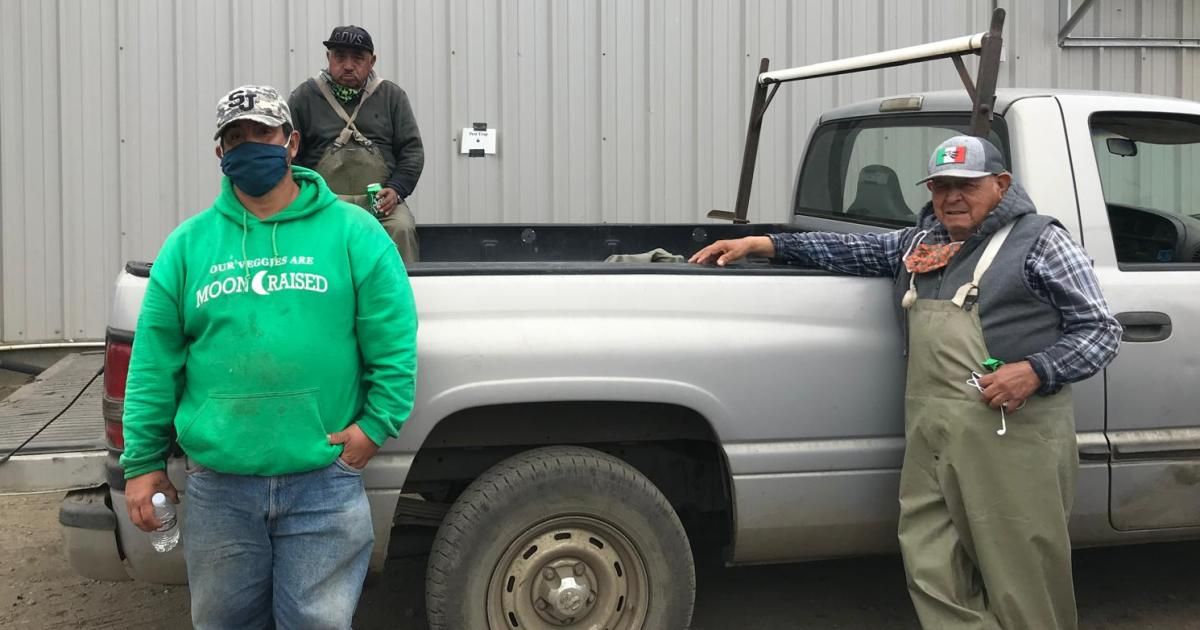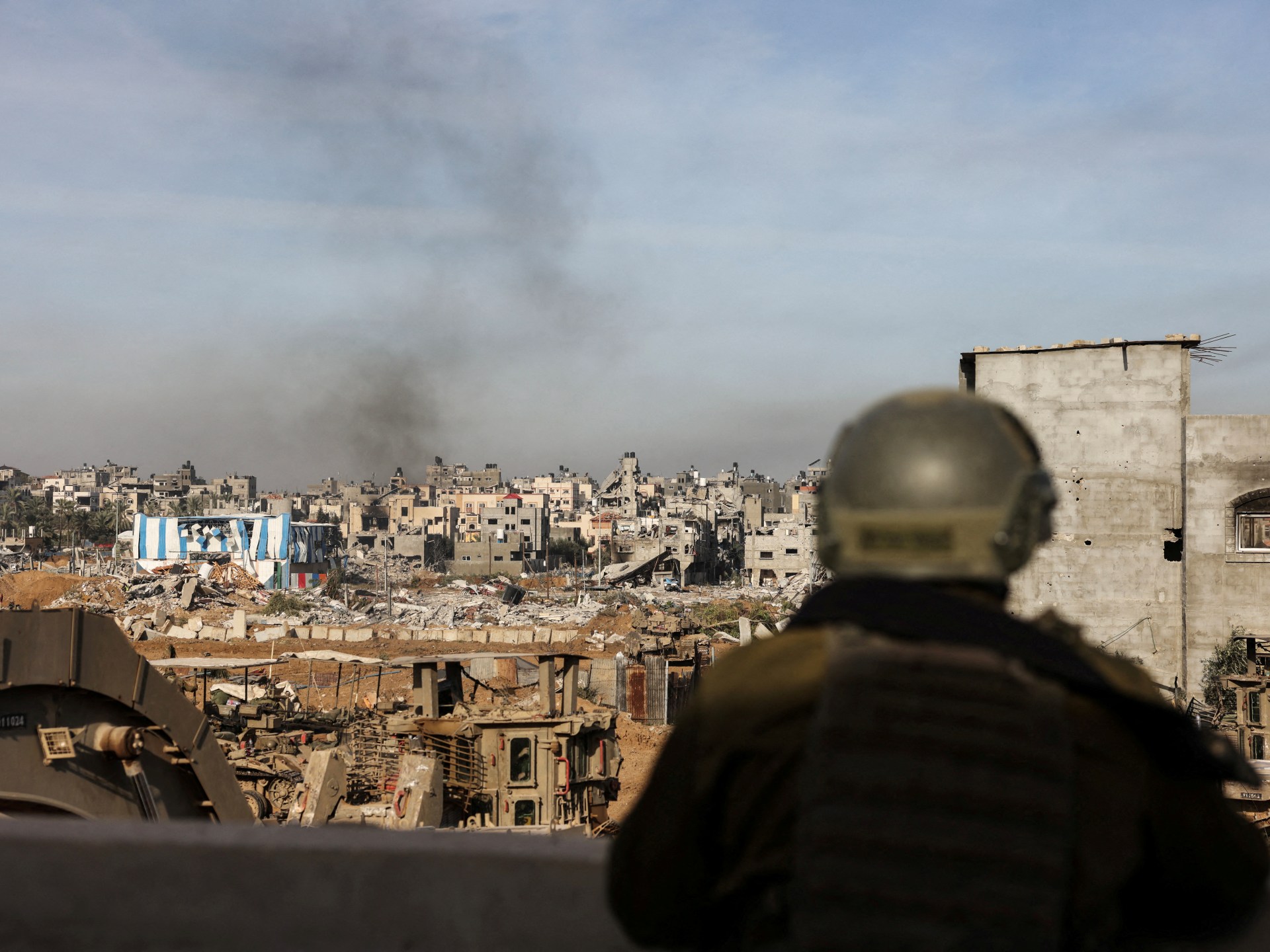Half Moon Bay, California – Nearly a year and a half after a mass shooting claimed the lives of seven farmworkers in the town of Half Moon Bay, California, a new project seeks to address the poor living conditions experienced by many of the area's farmworkers.
On Tuesday, the city's planning commission approved a proposal for a 40-unit building that will serve as housing for elderly farm workers, some of whom continue to work into their 70s and 80s because of low wages and sky-high cost of living.
The decision comes after the 2023 shooting sparked an outcry over the dilapidated housing available to Half Moon Bay farmworkers.
Politicians who visited the site after the bloodshed, including Gov. Gavin Newsom, noted that some farmworkers were even living in shipping containers.
“After the shooting, all eyes were on Half Moon Bay, and politicians and the community rallied in support of our farmworkers,” said Belinda Hernández Arriaga, founder of the group Ayudando Latinos A Sónar (ALAS), which provides support and services to local agricultural workers. .
But before being approved this week, plans for the five-story building faced backlash from city planners, who expressed concerns about whether the structure would fit with the style and character of the surrounding area.
That setback dampened optimism that the shooting, carried out by a 67-year-old former farm employee, could result in much-needed assistance to the farmworker community.
Immigrants make up the vast majority of California farmworkers and are often paid minimum wage for hard work, even though the state leads the country in the value of crops sold.
According to the California government, agriculture is a $54 billion industry in the state, with an additional $100 billion in related commerce.
Faced with the possibility of rejection, the housing proposal advanced only after media scrutiny and pressure from the governor's office.
Governor Newsom, who has taken a tough stance against cities that hinder efforts to build housing during the state's housing crisis, hinted at possible legal action against Half Moon Bay over the delay.
In a news release last week, Newsom called the project delay “egregious” and said the state would take “all necessary actions” if it was not approved.

Some local officials, however, chafed at what they saw as undue intervention in local planning decisions.
“It felt like an attack on our planning commission and our community development process,” Joaquín Jiménez, the city's mayor and former farmworker advocate, told Al Jazeera, adding that the project had been moving forward through a approval process with community input.
Jiménez also said he felt the issue had been unfairly portrayed in media coverage.
But affordable housing advocates say the incident illustrates the numerous obstacles to building new residences in a state where property owners and planning boards often argue over concerns such as building heights and parking.
“The fact that the governor had to get involved to push this is shocking,” said Ned Resnikoff, policy director for the organization California YIMBY.
Their group's name is an acronym for their mission: “Yes in my backyard” (YIMBY) is a popular rallying cry among housing advocates who reject a restrictive approach to construction, sometimes called “not in my backyard.” backyard” or NIMBY.
Resnikoff pointed to the stalled Half Moon Bay project (and Governor Newsom's response) as indicative of a broader trend in the state. “It's a perfect example of why the state has become more involved in local land use decisions.”
Local farmworker advocates like Arriaga also welcomed the intervention.
“After the shooting, Governor Newsom met with farmworkers and told them he would stand up for them and work to address this issue,” he said. “He is fulfilling his promise and does not attack the city.”
Essential workers
In recent years, farmworkers in and around Half Moon Bay have faced a series of tragedies and challenges to their livelihoods.
Many workers helped keep the state's agricultural sector running during the onset of COVID-19, continuing to work as other industries closed. Because many were undocumented, they faced the economic consequences of the pandemic with less access to assistance programs.
Wildfires and flooding in the area also caused disruptions to their work or loss of homes.
“There were things like the fires and the floods that were mentally and emotionally draining, and then there was this mass shooting,” Arriaga said. “There was a lot of trauma in the community.”

The median hourly wage for a California farmworker is about $20 an hour, according to the state Department of Employee Development.
In some counties, however, that figure is closer to $15 an hour, and advocates are quick to point out that many workers' undocumented status leaves them vulnerable to wage theft, when employees compensate workers at a higher rate. rate lower than their official salary.
A 2022 report (PDF) from the University of California, Merced (UC Merced) found that nearly one in five California farmworkers reported not being paid the wages they had earned.
California is also home to some of the most expensive real estate markets in the United States, with costs exceeding wages. According to the California government, rent has increased by 20 percent or more in some parts of the state since 2020.
To cope with high rental costs, farmworkers often crowd into cramped, dilapidated housing in an effort to save money.
“It's extremely common for farmworkers to live with multiple people in an apartment, with some sharing rooms and others finding places in the living room,” said Lucas Zucker, co-executive director of the group Central Coast Alliance United for a Sustainable Economy (CAUSE). , which works with farmworker communities in the Central Coast region of California.
He notes that the UC Merced study found that about 25 percent of the state's farmworkers reported sleeping in a room with three or more people, and nearly 40 percent reported having trouble keeping their homes cool during periods of bad weather. warm.
“Imagine spending the day doing this exhausting work in the field and returning home, exhausted, to a house where you have no space for yourself, or being a child trying to study and do homework.”
Arriaga hopes the 40-unit building, which will include an office to help connect residents to services like health care, can offer other cities a model for supporting farmworkers.
“We spoke to a man who has worked in the field for 30 years and has never had a doctor's appointment,” he said. “We need to stop and consider this community that deserves decent, humane housing that honors them.”












